
Facial
Rejuvenation







Sculptra is a type of injectable dermal filler used for various aesthetic purposes. It is made from poly-L-lactic acid (PLLA), a biocompatible and biodegradable synthetic substance.
Sculptra works gradually over time, with results typically appearing over several months as collagen production is stimulated. The effects can last up to two years or more, making it a long-lasting option for facial rejuvenation and volume restoration.
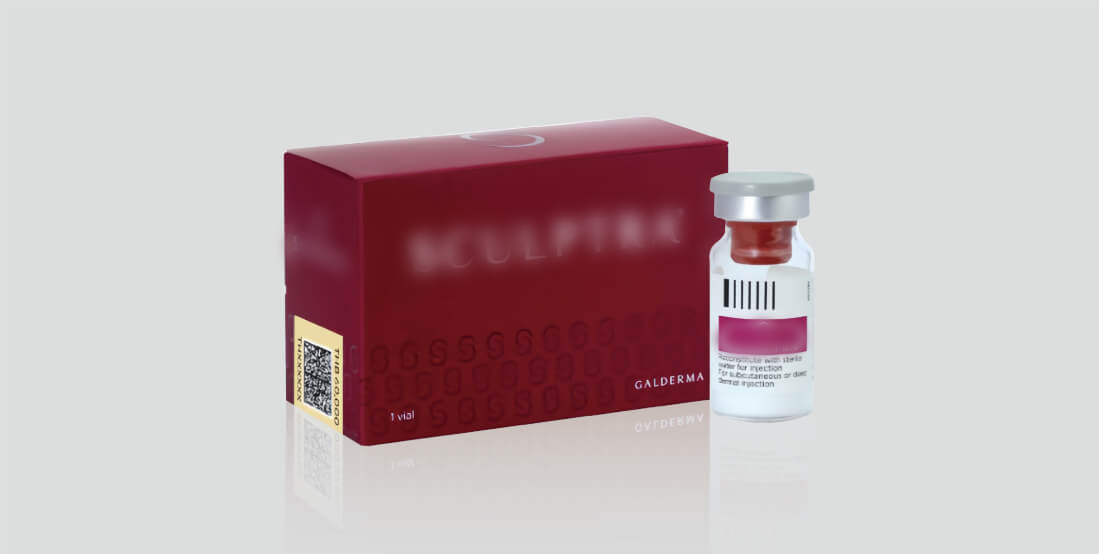
Facial
Volume Restoration
Wrinkle
Reduction
Skin
Tightening
Buttock
Augmentation
Hand
Rejuvenation
Décolletage
Rejuvenation


Radiesse is a type of injectable dermal filler used in aesthetic medicine. It is composed of calcium hydroxylapatite (CaHA) microspheres suspended in a gel carrier.
Radiesse works by providing immediate volume and lift to the treated area, and it also stimulates the body's natural collagen production over time. The results are typically long-lasting, often up to a year or more, depending on the area treated and the individual's metabolism.
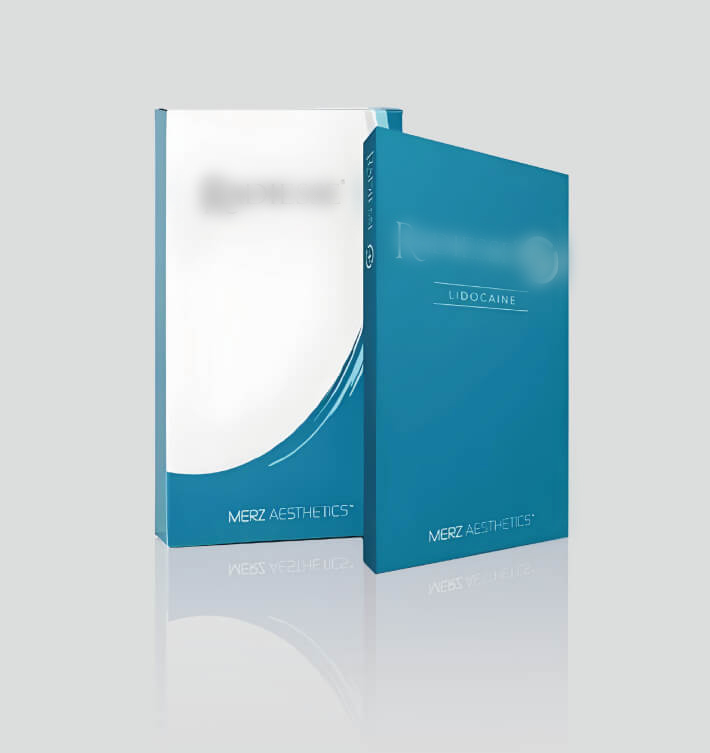
Facial
Volume Restoration
Wrinkle
Reduction
Hand
Rejuvenation
Non-Surgical
Nose Job
Non-surgical
rhinoplasty


PRP (Platelet-Rich Plasma) injection is a treatment that uses a concentration of a patient's own platelets to accelerate the healing of injured tendons, ligaments, muscles, and joints. In the field of aesthetics, PRP injections are used for a variety of rejuvenation purposes.
Recovery and Results: PRP injections typically have minimal downtime. Some patients may experience mild swelling, redness, or bruising at the injection site, which usually subsides within a few days. Results develop gradually over several weeks as the skin undergoes regeneration.
Frequency: Multiple treatments are often recommended for optimal results, usually spaced several weeks apart. Maintenance treatments may be suggested to sustain the benefits.
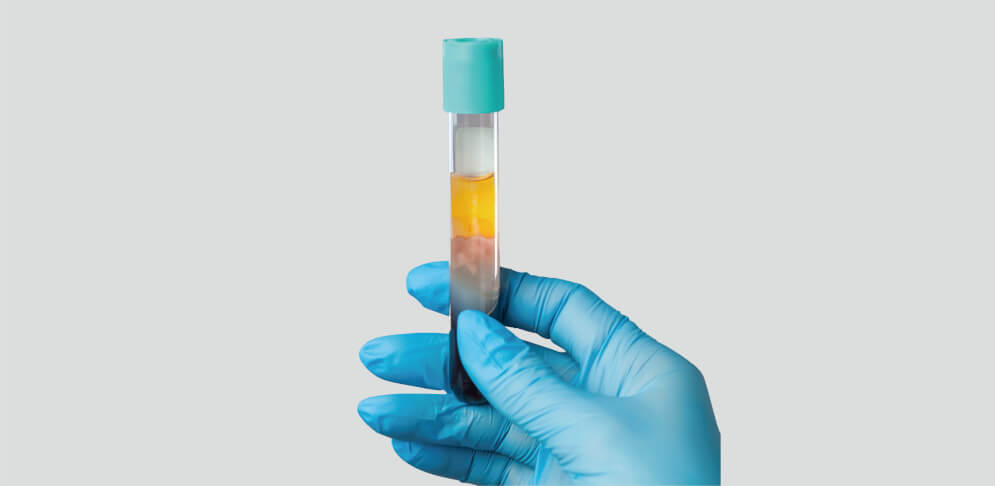
Preparation
Platelet-Rich
Plasma
Injection
Process


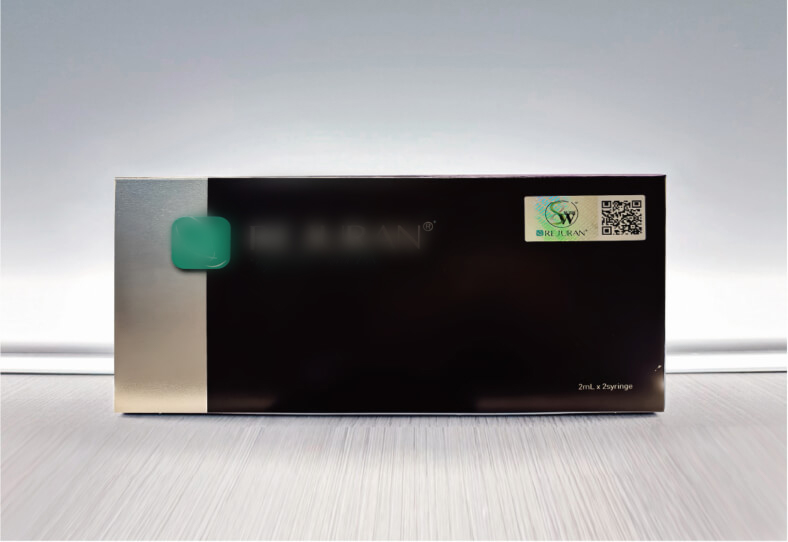
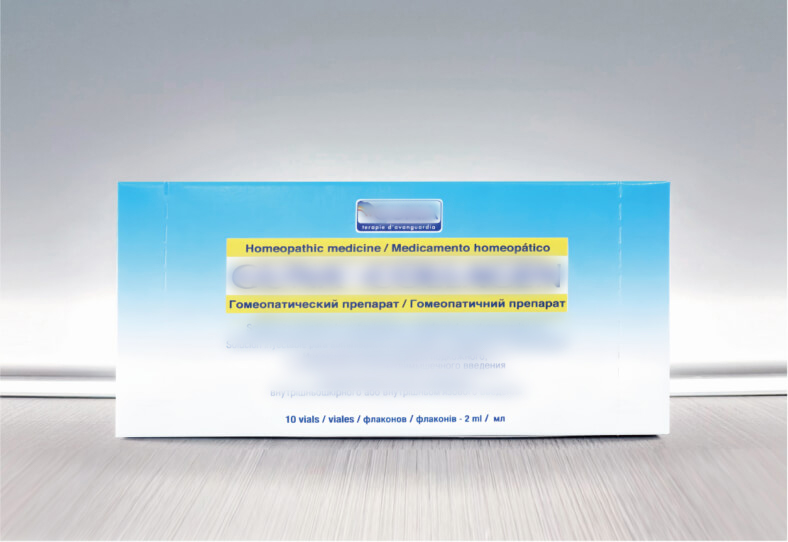
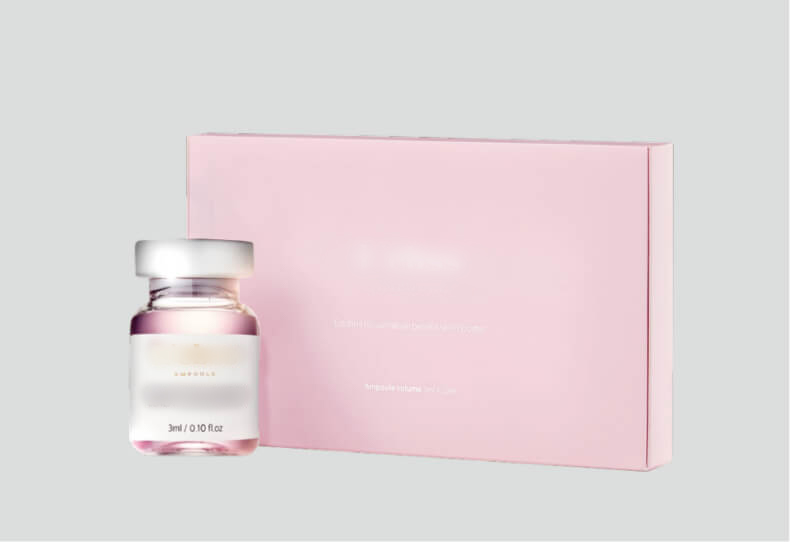
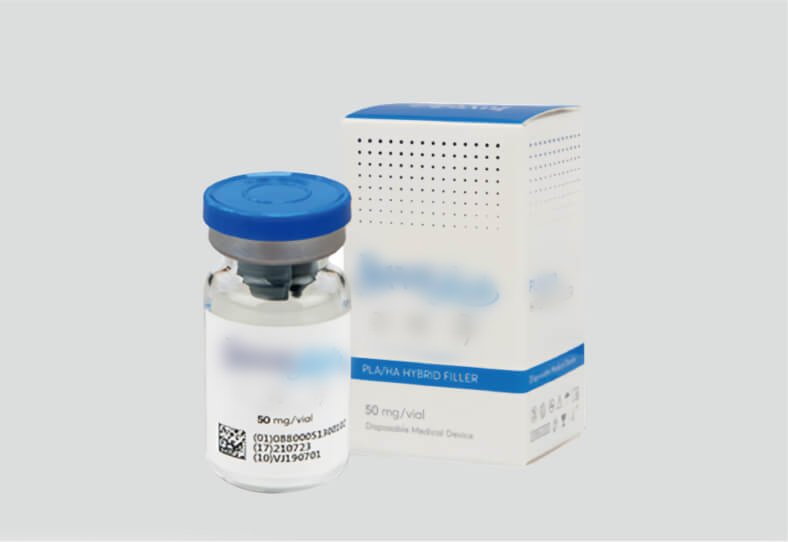
Facial
Rejuvenation
Hair
Restoration
Scar
Treatmentvv
Mechanism


Meso fat, also known as mesotherapy for fat reduction, is a non-surgical cosmetic treatment aimed at reducing localized fat deposits and improving body contours.
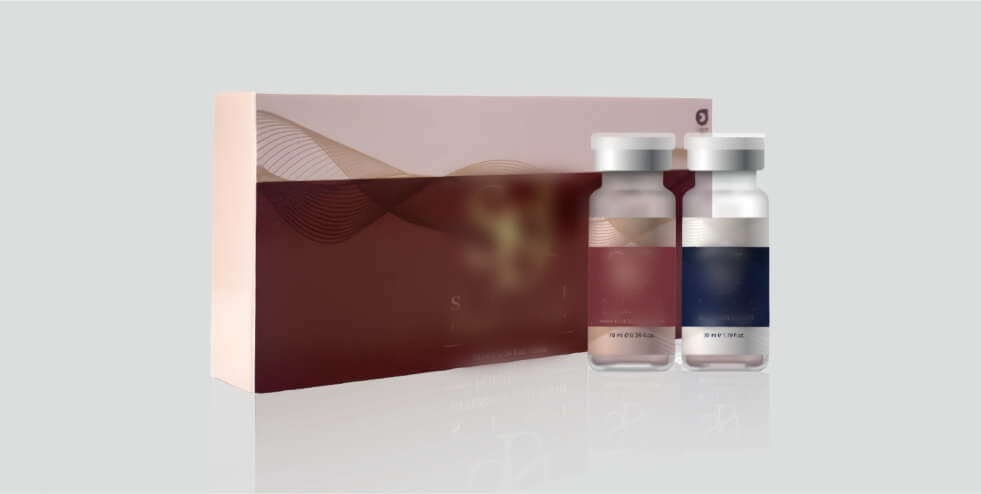
Minimal
Downtime
Gradual
Results
Multiple
Sessions
Body
Contouring


Meso fat injections typically contain a mixture of vitamins, minerals, enzymes, hormones, and plant extracts. The specific formulation can vary, but it often includes substances like phosphatidylcholine, deoxycholate, and other lipolytic (fat-dissolving) agents.
Fat
Breakdown
Improved
Circulation
Localized
Fat Reduction
Cellulite
Reduction
Body
Contouring
Preparation
Cellulite
Reduction


Thread lifting, also known as a thread lift, is a minimally invasive cosmetic procedure aimed at lifting and tightening sagging skin on the face and neck.
Threads
Cellulite
Reduction
Lifting
Effect


Immediate
Lift
Collagen
Stimulation
Facial
Lifting
Skin
Tightening
Minimally
Invasive
Quick
Procedure
Minimal
Downtim
Immediate
Results
Longevity
Side
Effects
Safety


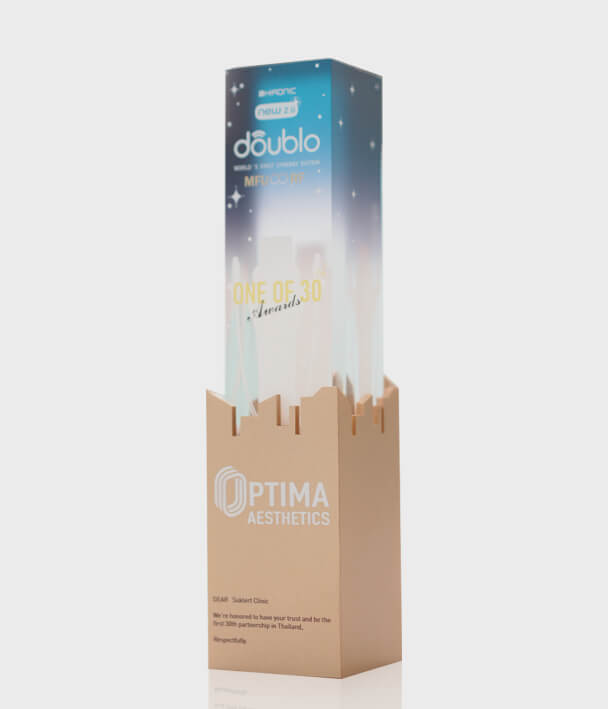
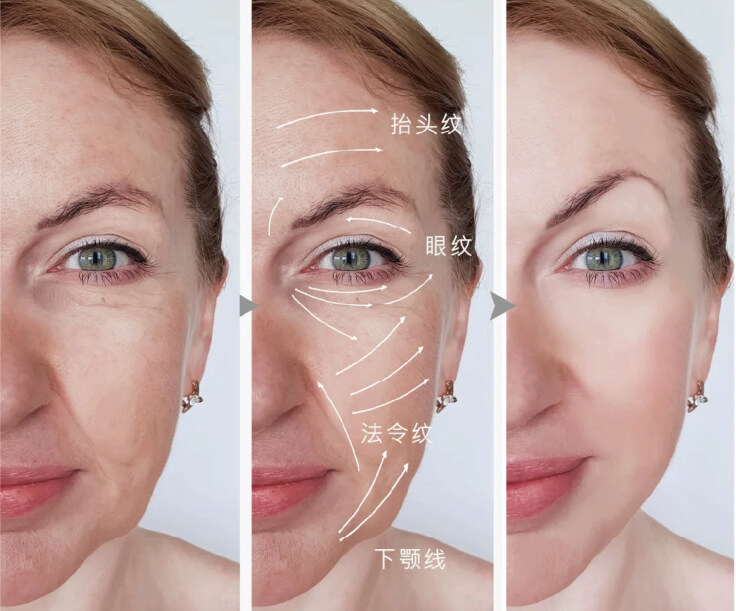
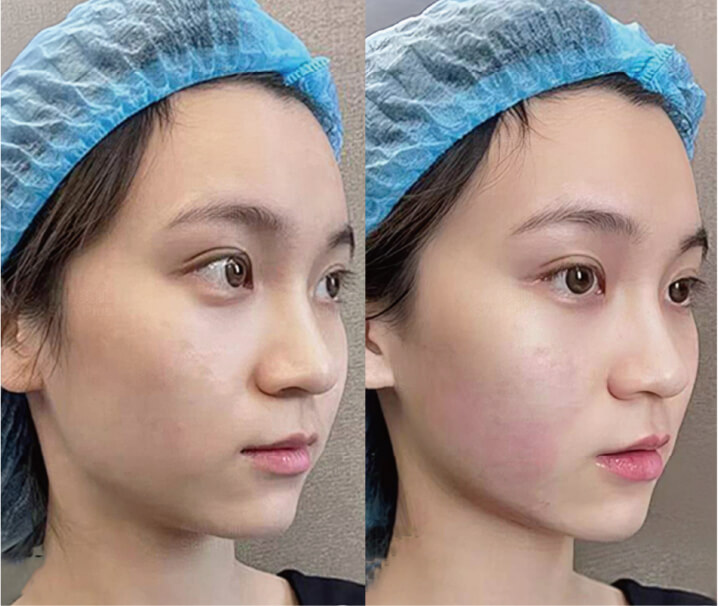
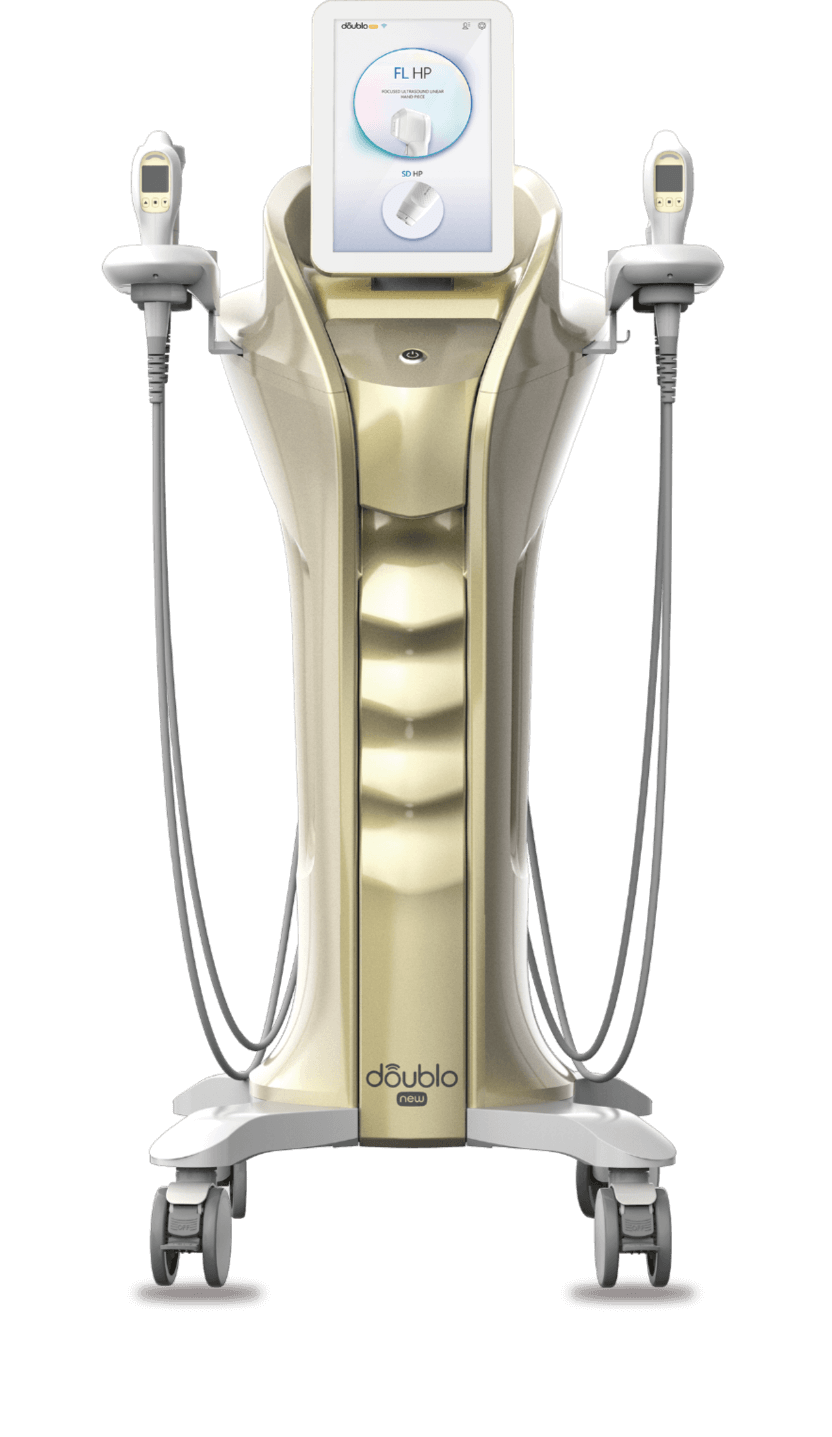
Collagen regeneration
Tighten the fascia
Tighten the fat
Brighten
Anchor the ligament
Balance the muscles
Firm periosteum
Against gravity
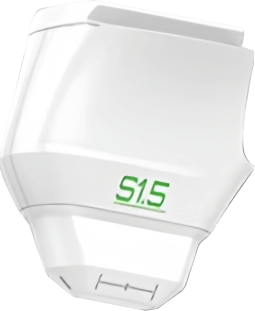
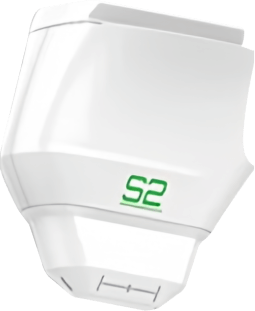
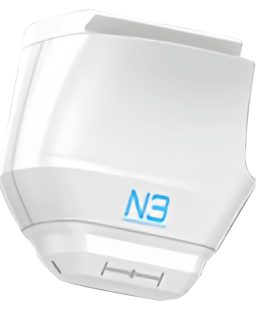

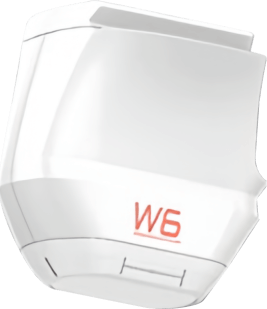
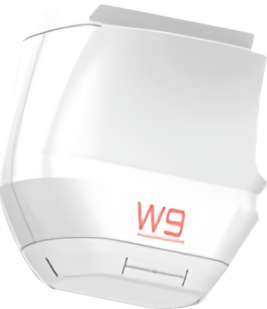


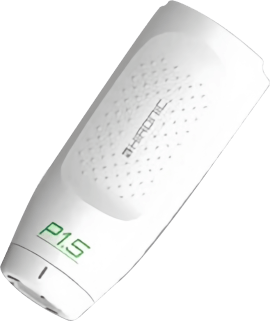

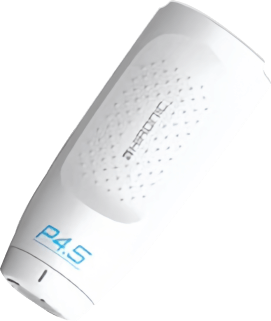
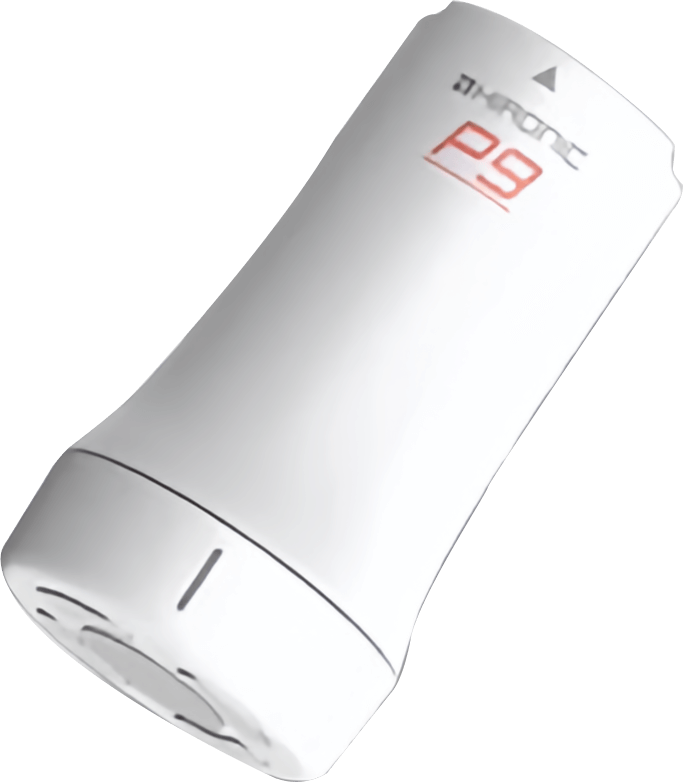


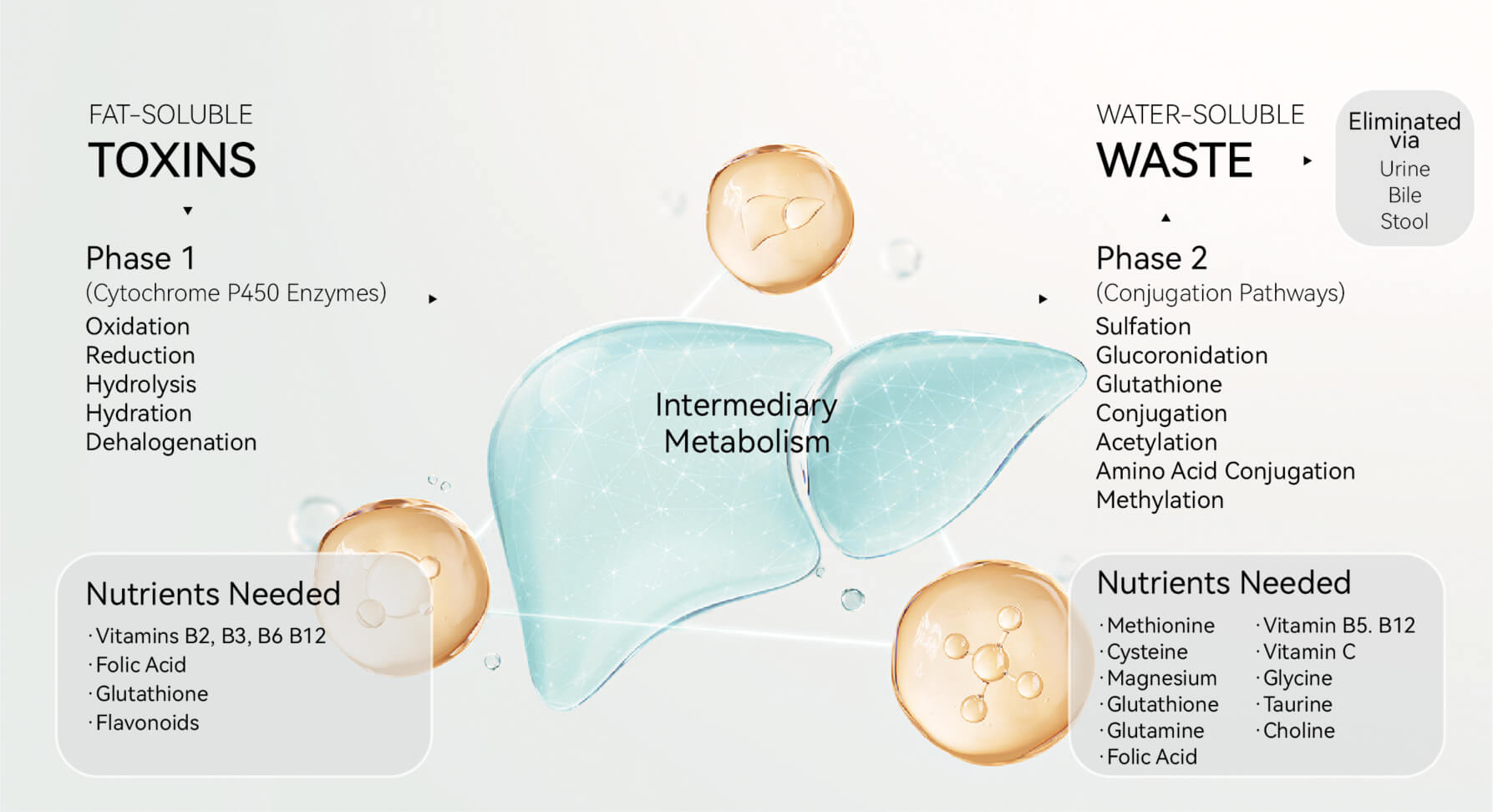
Liver is the body’s essential filtering system—it converts toxins into waste, purifies the blood, metabolizes a variety of compounds (from nutrients and alcohol to medications), and produces proteins and bile. While a healthy liver is able to cleanse itself, dietary stress and environmental toxins can prevent it from functioning optimally.
Our bodies are constantly bombarded with environmental toxins, from pollution to chemicals in everyday products, preservatives and plastics in the food we eat. This long-term negative intervention depletes the body’s nutrient reserves and leads to an over-accumulation of unwanted compounds (like pollutants) in the body, which can cause health problems later in life.
As a result, when the body is overloaded with toxins, the liver’s detoxification efficiency becomes sluggish, and certain toxins remain active longer than we would like. Over time, this affects normal metabolism and we feel bad. It can also lead to excess fluid retention and bloating.
Phase 1 liver
detoxification pathway
Phase 2 liver
detoxification pathway
1) Being overweight
2) Excessive sugar intake
3) Excessive alcohol intake
4) Exposure to toxins
Over time, exposure to compounds and chemicals in processed foods, pesticide residues, paints, certain plastics (like BPA), heavy metals, aerosols (like benzene), thermal paper like shopping receipts, etc., can tax your liver and the body’s other complex detoxification pathways and organs (skin, intestines, lungs, spleen, lymphatic system, kidneys).
5) Poor intestinal health
Based on these, we recommend that you strategically use liver-friendly products
Vitamin C can promote the regeneration of other key antioxidants (such as vitamin E and glutathione) by inhibiting free radicals. Vitamin C can enhance antioxidant activity and help regulate systemic oxidation balance. At the same time, vitamin C helps protect liver detoxification enzymes and liver tissue produced in the first and second phases of liver detoxification from oxidative damage.
Glutathione is a detoxifying substance presenting in every one of our cells and is so important to humans that it is even called the "master antioxidant" because it is the most abundant antioxidant in the body and can be regenerated in the liver, so it is most abundant in liver cells. Glutathione is rich in asparagus, avocado, spinach, broccoli, and some nutritional supplements. Unfortunately, glutathione is difficult to obtain from food and is broken down by digestive enzymes before being absorbed by the body. Therefore, the intravenous infusion route can significantly increase the body's absorption rate of glutathione.
Glutathione is a key regulator of oxidative stress. It helps to combine toxic compounds (such as heavy metals such as mercury, cadmium, arsenic, pesticides, organic solvents, and plastic residues such as bisphenol A) or free radicals into neutral compounds so that they can be easily excreted from the body. There are two main sources of free radicals: ① exogenous, including ionizing radiation, cigarettes, alcohol, etc.; ② endogenous, from the body's metabolic process. Superoxide and peroxide are the two most common free radicals in the human body. Antioxidants can convert free radicals into safe and harmless substances such as water and oxygen through layer-by-layer reactions. Well-known antioxidants include vitamin C, vitamin E, etc. Glutathione can effectively remove free radicals and plays an important role in maintaining cellular redox homeostasis, so glutathione is also called the "mother of antioxidants."Glutathione has a wide range of uses in medicine. For instance:
1. Protect the liver and treat various liver diseases (such as protecting liver damage that may exist in patients with liver disease when taking oral therapeutic drugs).
2. Reduce the side effects of chemotherapy and radiotherapy.
3. As an antidote, glutathione can combine with toxic compounds, heavy metal ions or carcinogens that enter the human body, promote their excretion from the body, and play a detoxifying role; it is used for the treatment of poisoning by acrylonitrile, fluoride, carbon monoxide, heavy metals and organic solvents.
4. Glutathione can correct the imbalance of acetylcholine and cholinesterase.
5. Glutathione can prevent skin aging and pigmentation, reduce melanin formation, improve skin antioxidant capacity, and make the skin radiant.
N-acetyl-L-cysteine (also known as NAC) is a powerful antioxidant that has been shown to promote liver oxidation balance and support the basic functions of our detoxification organs. As a precursor to the amino acid L-cysteine, NAC can also help stimulate glutathione synthesis, promote systemic redox balance, and support liver detoxification.